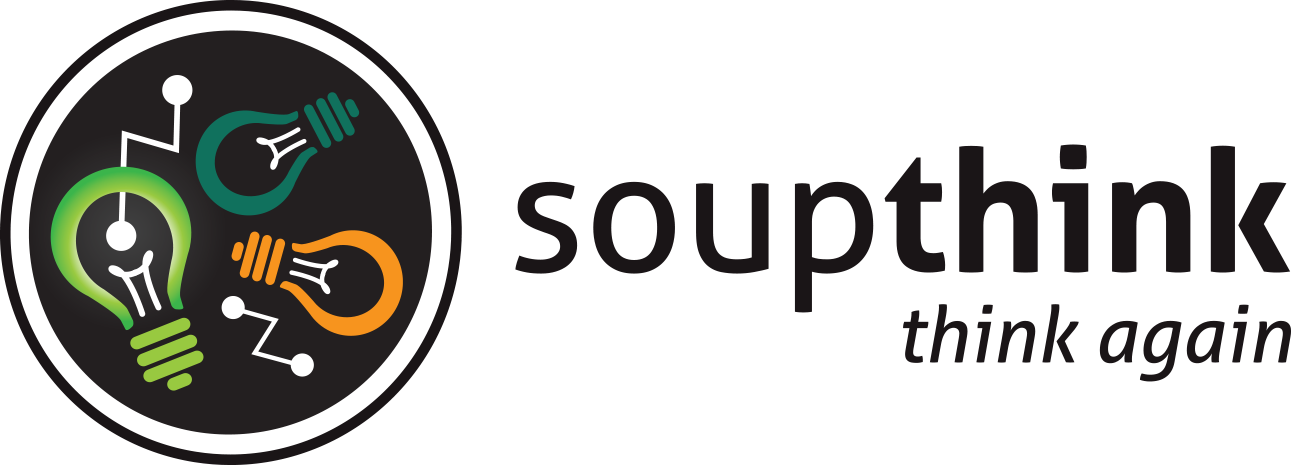“Tall” as opposed to “Short” innovation
Originally written on 15 September, 2016. Published on 18 October, 2017.
https://www.shutterstock.com/download/success?src=MQDEs0_CikM-qampdEb11g-1-49
Design thinking is a hallmark of Steve Jobs and Apple. Their focus on design may lead to a bigger long-term impact than that achieved by Bill Gates and Microsoft. This idea came to me after I recently listened to "Steve Jobs - The Man Who Thought Different (http://www.goodreads.com/book/show/12969593-steve-jobs).
Why? Because I think Apple’s design focus broke new ground not only in its own industry, but well beyond it. There is growing awareness that really well-executed design provides a point of difference and a potential pricing premium. It’s because of this design thinking that I consider Apple to be a “tall” innovator. I define “tall” innovation as something which catches the attention of people well beyond its own industry. Such visibility increases the potential for the concepts underlying the idea to spread.
As brilliant as Steve Jobs was, it’s not clear whether he instigated this broader change to innovation. Was Apple simply the best known firm surfing a wave of changing attitudes? Or did digital technologies provide both the impetus and the tools to allow “tall” innovations across various industries?
By contrast, Microsoft, in my view, is now a “short” innovator. It did originally create tall products, but Bill Gates has had a pragmatic view. As opposed to fundamental redesigns, each Microsoft release tends to be a marginal improvement upon what came before it. Consequently, while Microsoft products have certainly lifted personal productivity, the business thinking behind their expansion is rather old-school. It’s very much “let’s make a reasonable (not a stellar) product, and sell it as far and wide as possible.”
Different tools for different needs
There is an argument that Apple and Jobs have aimed at the elite end of the market.
But maybe the real question here is which products have a high-enough care factor for consumers to pay the difference? Interestingly, more, perhaps than I would have thought: (https://en.wikipedia.org/wiki/Dyson_Airblade). But there are many others. We can now buy tents shaped like watermelons, and umbrellas in a variety of shapes and sizes. Many supermarket products suggest that they offer features that they didn’t 30 years ago.
The world needs both the tall and short approaches. We need people who are willing to push the envelope hard until better solutions are created. We also need people who are able to translate and iterate these improved designs for the mass market.
I sincerely hope, however, that even mass market producers take the concept of good (and even beautiful) design to heart. The world deserves better than products and services that just go through the motions.







